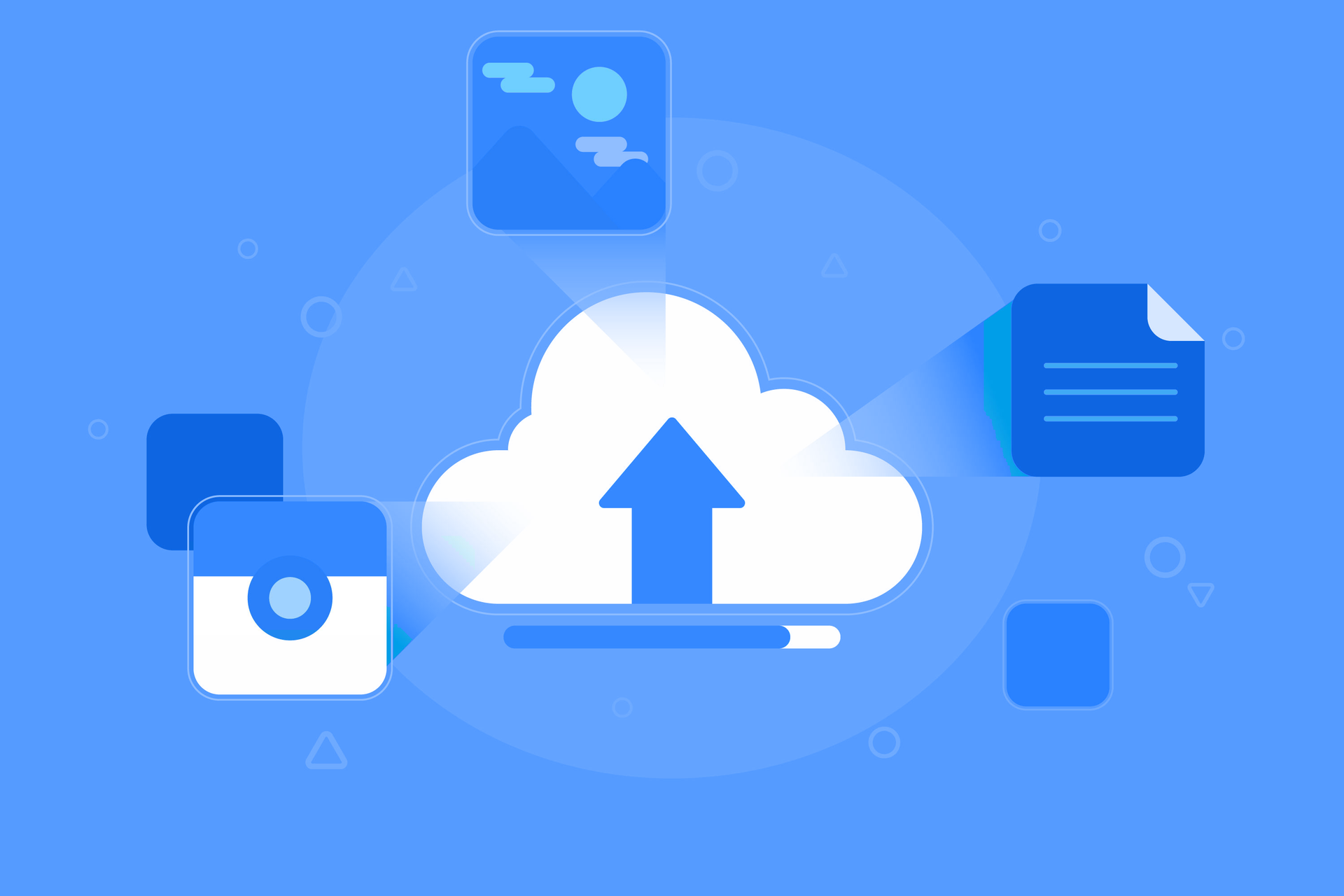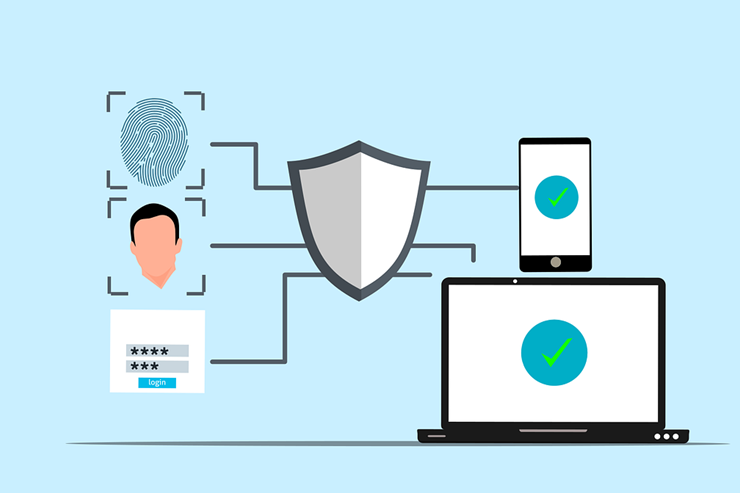Ways MSPs are empowering businesses amid a global crisis
June 15, 2002

To make it through the heightened economic uncertainty brought about by the COVID-19 pandemic, businesses are protecting their cash flows and focusing on their core competencies. Managed IT services providers (MSPs) are lending a hand, too — by empowering remote teams and helping small businesses leverage technology to keep operating despite the myriad challenges. Here’s exactly what MSPs are doing.
Providing infrastructure and service desk capabilities
In today’s digital work landscape, MSPs are keeping their noses to the grindstone to fulfill customer demands and help keep businesses running. While many small companies have taken the first step of transitioning to remote work, they still need help managing the logistics.
Right now, MSPs are providing customers with IT infrastructures and taking on a host of network tasks, including configuring hardware, establishing remote connections, and managing backup and storage options, among other activities. These all help to ensure that company networks are reliable enough to facilitate a remote workforce.
MSPs are also offering service desk capabilities, providing companies with a centralized resource for employees, customers, and business partners to answer questions, troubleshoot problems, and facilitate solutions. Appropriate and timely support is crucial, especially in times of great uncertainty.
Simplifying cloud adoption
Cloud solutions are ideal if IT environments must be quickly modified to meet changing demands or difficulties, which is why MSPs are now helping businesses leverage a variety of cloud technologies and even move their data and applications online.
And because cloud migration can get complex, many MSPs are also offering managed migration plans that help companies transition key workflows and processes to the cloud safely and efficiently.
Offering remote support where possible
The current travel restrictions and social distancing measures make work-related travel difficult and risky. And with highly distributed workforces, many companies would rather source local service technicians for break/fix assistance, cabling, and other IT solutions.
Partnering with MSPs ensures that systems and networks are protected all the time and critical support is provided within 24 hours. What’s even better is that some providers have technicians in different locations, making it easy to provide tools, resources, and support even in hard-to-reach areas.
Delivering flexible solutions
As business needs continue to shift, MSPs must move in lockstep and provide support wherever they can. Here are some other ways MSPs are helping their clients navigate these trying times:
Assisting with IT projects
Because of how broad and challenging IT projects can be, it’s not uncommon for companies to lack the right skills and resources to handle them. MSPs are helping them by providing the expertise and technologies needed to pursue these projects, allowing companies to keep moving forward.
Foregoing long-term contracts
Some companies need IT support and services but can’t afford to commit to long-term contracts. Similarly, some want to augment their IT only for the duration of the COVID-19 pandemic. What's great is many MSPs are providing flexible IT solutions, giving customers all the services and support they need, when they need them.
Offering faster response times
Especially now that downtime could likely spell the end of a business, companies seek quick turnaround times. Since MSPs typically offer 24/7 support and tout specialists with a wide range of experience and knowledge, they can proactively address issues and ensure that IT infrastructures are working as efficiently as possible.
Providing better customer service
As many businesses are still adjusting to the new normal, providing positive customer experiences will go a long way to earning trust and ensuring customer loyalty post-crisis. By being compassionate and empathetic to the situations of their customers, MSPs are showing companies that they're navigating these trying times together.
Call our IT experts today to help configure the perfect remote work setup for your business.
Published with permission from TechAdvisory.org. Source.

A slow computer or a frozen screen are the worst things that can ruin your day. You've most likely dealt with outdated technology on multiple occasions if you manage a small business. It may seem cost-effective to extend the life of outdated equipment, but the long-term costs are frequently higher. Due to technological issues like sluggish PCs and antiquated laptops, small businesses lose about 98 hours annually, or 12 working days . This is why it's important to have an IT refresh plan. It helps you stay safe, prevents unplanned malfunctions, and keeps your team operating efficiently. Regardless of whether you outsource managed IT services or handle them in-house, a solid refresh strategy can save time, stress, and money down the line.

Does your small business ever feel like it has too much data? This is a fairly typical occurrence. The way small businesses function has changed as a result of the digital world. In addition to customer emails and backups, we now have an overwhelming amount of data to manage, including financial statements, contracts, logs, and employee records. According to a PR Newswire survey, 72% of company executives say they have stopped making decisions because the information is too overwhelming. All of this data can easily become disorganized if improperly handled. By implementing the appropriate data retention policy, effective IT solutions assist. A strong data retention policy keeps your company compliant, organized, and cost-effective. Here's what should be deleted, what should be kept, and why.

Selecting the best cloud storage solution can be similar to being faced with an endless buffet of options, each one claiming to be the best. A poor choice may result in lost revenue, compromised data, or even a snag in productivity. The stakes are extremely high for small business owners. Regardless of your level of experience, we will guide you through this thorough guide to help you choose a cloud storage solution that is specific to your company's needs.

Cyber threats are a daily reality for small businesses navigating an increasingly digital world; they are not merely an abstract concern. Financial and reputational harm can result from ransomware attacks, phishing scams, or unintentional data leaks. In order to reduce the risks, more businesses are using cyber insurance. Not every cyber insurance plan is made equally. Many business owners think their policy covers them, but they discover (too late) that it has significant gaps. We'll explain exactly what is and isn't covered in this blog post, along with how to pick the best cyber insurance plan for your company.

Have you ever questioned how susceptible your company is to online attacks? Nearly 43% of cyberattacks target small businesses , frequently taking advantage of lax security measures, according to recent reports. Multi-Factor Authentication (MFA) is one of the most underutilized yet powerful ways to safeguard your business. Even with your password, hackers will find it much more difficult to obtain access thanks to this additional security measure. The implementation of Multi-Factor Authentication for your small business is explained in this article. Knowing this will enable you to take an important step toward protecting your data and guaranteeing more robust defense against possible cyberattacks.

Managing a small business requires a lot of multitasking. These hats include operations management, customer service, and maintaining order. AI-powered automation is a solution that can reduce the workload. Small business owners can now automate tasks that were previously done by hand thanks to technological advancements that have made these tools more affordable and accessible than before. There's no need to hire a big staff or spend a fortune. AI can manage a large portion of your hectic workload, allowing you to concentrate on more crucial facets of your company. AI can act as your virtual assistant, increasing productivity and simplifying processes, whether you're a small team manager or a solopreneur. This blog post explores how you can automate everyday tasks and free up your time if you want to learn more about how AI can change your company. We'll demonstrate how to use reasonably priced AI tools to reduce repetitive tasks, save time, and increase business efficiency.

In today's digital world, cyber threats are smarter than ever. Weak passwords or old ways of proving who you are can cost people and businesses money, steal their data, or steal their identities. A strong password is the first thing that will keep hackers out, but it's not the only thing that will work. This guide goes over the basics of strong passwords, two-factor authentication, and the best ways to keep your accounts safe. We'll also talk about new ways to check things and things you should never do.

A sophisticated type of cyberattack known as "password spraying" uses weak passwords to acquire unauthorized access to numerous user accounts. This approach focuses on using a single password or a collection of passwords that are frequently used across multiple accounts. The goal is to circumvent standard security protocols, such as account lockouts. Password-heavy attacks are highly effective because they target people and their password management practices, which are the biggest weakness in cybersecurity. This ar ticle will describe how password spraying operates, address how it differs from other brute-force attacks, and go over how to detect and prevent it. We will also discuss how businesses can defend themselves against these threats and examine real-world examples.

What would happen if tomorrow your company lost all its data? Would your operations come to a complete stop, or would you be able to recover? Data, including communications, financial records, product files, and customer information—is the lifeblood of any small business. However, data security is frequently neglected. After a disaster, 25% of small businesses close within a year, and 40% never reopen , according to the Federal Emergency Management Agency (FEMA). That represents an incredible 65% failure rate because of inadequate preparation. The good news is here. An enterprise budget and a dedicated IT staff are not necessary for disaster data protection. You can create a backup and recovery plan that reduces downtime and provides you with peace of mind if you have the right approach, the appropriate tools, and a little forethought. In this blog post, we will discuss practical and easy-to-follow advice to help you protect your most valuable business asset: your data.

